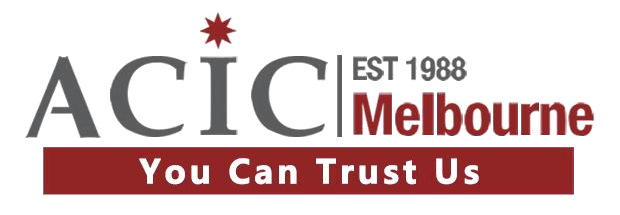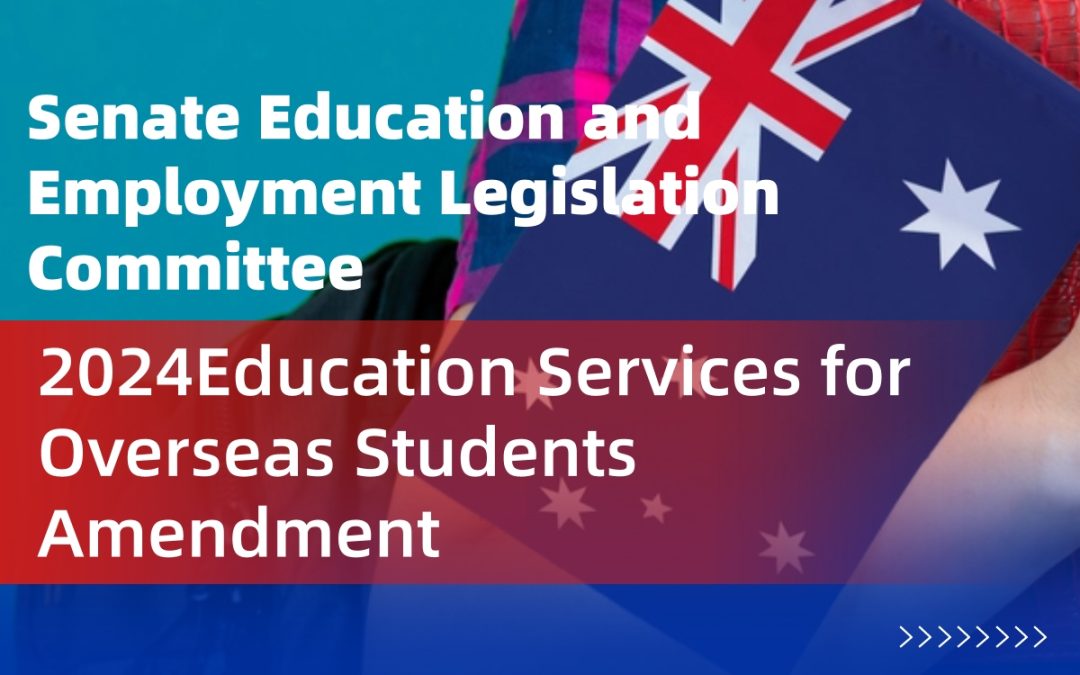The ARF has published for the first time the basic principles for the cap on university and VET (vocational education and training) college admissions, including: International student ratio limit: Each institution must not admit more than 40% of the total number of international students (6:4 local students: international students). Baseline data: This limit is based on 2019 admissions data, not 2024 data. Implementation time: The policy is basically set to take effect from January 1, 2025 and last for two years. The federal cabinet will soon review these basic principles and is expected to announce the specific admissions caps for each university in the coming days. Although schools generally believe that the implementation time of January 1, 2025 is too hasty, the government is currently insisting that it will not be postponed and has decided to enforce it from January 1, 2025.
01 – Enrollment Cap Details
Based on the situation in 2023, about 10 universities will have an international student enrolment ratio of more than 40%. These universities include: – University of Sydney – University of Melbourne – Monash University – University of Queensland – University of New South Wales – University of Wollongong – RMIT University – Torrens University These caps are set based on 2019 data. As of April 2019, the total number of international students in all Australian universities was 671,200. Based on this benchmark, the University of Sydney is expected to cut 12,150 international student places, while the University of Melbourne is expected to cut 7,725 places.
02 – Government Legislative Hearings
The government held a hearing in Canberra today to discuss the amendment of legislation to set a cap on international student enrollment. Affected schools, especially the Group of Eight institutions, have expressed opposition to the policy, arguing that it will damage the entire education industry and accusing the policy of being politically colored. The CEO of the International Education Association of Australia pointed out that the government’s choice to base it on 2019 data was actually based on political considerations rather than an accurate reflection of the situation before the epidemic.
03 – Impact on Schools and Applicants
It is expected that after the specific upper limit figures are announced, popular universities and popular majors will take the following countermeasures: Raise the application threshold and reduce the number of applicants Implement a screening system to give priority to excellent applicants Shorten the time to accept offers and increase application competition Popular majors in popular schools may have early application deadlines Possible tuition increases These adjustments will make it more difficult to apply for popular schools and majors, especially for students who plan to apply for 25S1 admission, including those who have been conditionally admitted and those who have not yet submitted an application. In addition, if the policy is actually implemented, in order to ensure the normal operation of the school, stable funding and normal research plans, the tuition fees for international students may be increased. Overall, this new policy will have a profound impact on the application process for international students, especially for those who hope to enter popular universities and majors, and future application competition will become more intense.
04 – Opposing Voices
According to authoritative analysis, the number of international students is expected to drop by 63,500 in the next year, which will directly lead to a revenue gap of up to A$1.1 billion for universities. The ACIL Allen Consulting research report commissioned by the University of Sydney warned that this policy may bring a heavy loss of A$4.1 billion to the Australian economy, and predicted that by 2025, more than 20,000 jobs will be lost directly or indirectly. This forecast is not limited to short-term impacts, but also reveals deep concerns about long-term economic vitality. In 2023, Monash University earned nearly A$1.1 billion from international students, which accounted for more than one-third of the school’s total revenue. If these international students are lost, the school’s future development will be severely impacted. Therefore, Sharon Pickering, president of Monash University, has firmly opposed the bill to limit the number of international students in front of the Senate committee. Monash University is responsible for 25% of clinical trials in Australia. Without the income from international students, a large part of the research will be cut due to funding pressure. Therefore, the school hopes to revise the plan and postpone the implementation time to 2026 to leave more buffer time.
05 – Multiple Restrictions
The Labor Party has implemented a number of strict restrictions on international student visas, including increasing the visa fee to $1,600 and making it more difficult to apply for a student visa. In addition, work visas for international students after graduation are also subject to restrictions (age restrictions, cancellation of two-year extensions for specific majors), and their validity periods are also shortened. These measures have had a significant impact on the international study industry, resulting in a decrease in the number of international students choosing Australia. If school quotas are cut again, students interested in applying to Australian universities will face more tests and fiercer competition. Students who hope to enroll in 25S1 should be urgent and submit their applications as soon as possible!
06 – Conclusion
Policy changes and implementation: The Australian government plans to limit the proportion of overseas students to 40% of the total number of students, a policy that will be implemented over the next two years based on 2019 data. This shows that the government has a need to control the current proportion of overseas students and hopes to make adjustments to educational institutions in the coming period.
Implementation details: The specific limits and implementation details have not yet been fully clarified, but are expected to be announced soon. The policy will take effect from 2025, although some universities have called for a delay in implementation.
Impact on universities: Universities such as the University of Sydney and the University of Melbourne will need to significantly reduce the number of overseas students to comply with the new regulations, which may have a significant impact on their enrollment plans and financial situation.
Economic and educational impact: The implementation of the policy has sparked widespread controversy. Some people are concerned that this restriction will have a negative impact on Australia’s international education reputation, economy and university operations, and may lead to a reduction in international student enrollment, thereby affecting financial support for higher education.
Political background: This policy is seen as part of a political means to deal with immigration issues and election pressures, and has also been criticized by different educational circles, who believe that this decision may be politically motivated.
The future of international education: The Education Minister and university vice-chancellors have different views on this policy. The former believes that the reform will help ensure the quality and integrity of education, while the latter worry that the policy will damage Australia’s international reputation and economy.
Implementation details: The specific limits and implementation details have not yet been fully clarified, but are expected to be announced soon. The policy will take effect from 2025, although some universities have called for a delay in implementation.
Impact on universities: Universities such as the University of Sydney and the University of Melbourne will need to significantly reduce the number of overseas students to comply with the new regulations, which may have a significant impact on their enrollment plans and financial situation.
Economic and educational impact: The implementation of the policy has sparked widespread controversy. Some people are concerned that this restriction will have a negative impact on Australia’s international education reputation, economy and university operations, and may lead to a reduction in international student enrollment, thereby affecting financial support for higher education.
Political background: This policy is seen as part of a political means to deal with immigration issues and election pressures, and has also been criticized by different educational circles, who believe that this decision may be politically motivated.
The future of international education: The Education Minister and university vice-chancellors have different views on this policy. The former believes that the reform will help ensure the quality and integrity of education, while the latter worry that the policy will damage Australia’s international reputation and economy.



Recent Comments